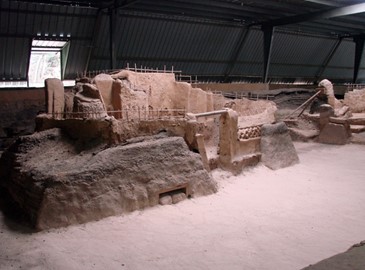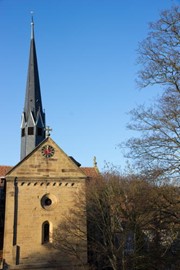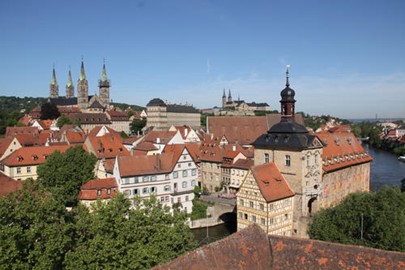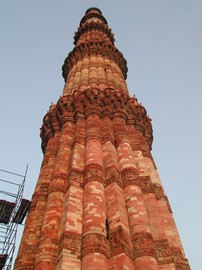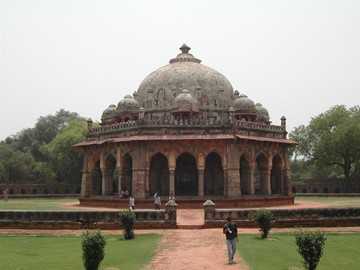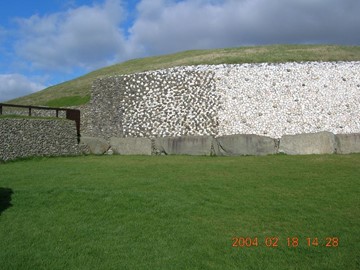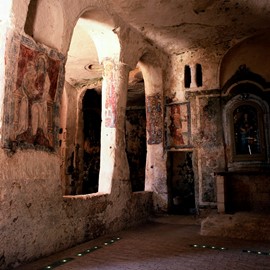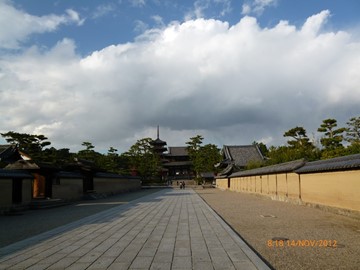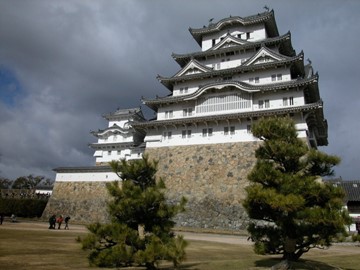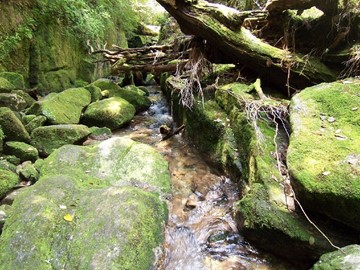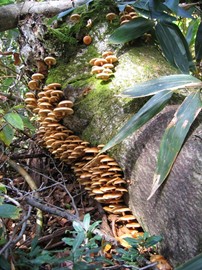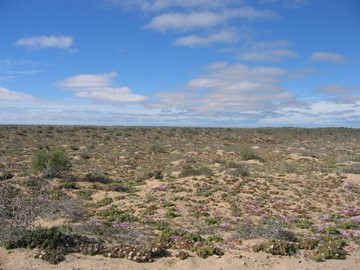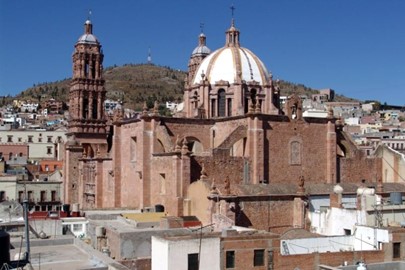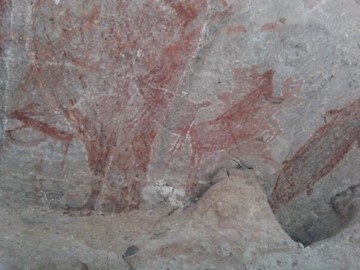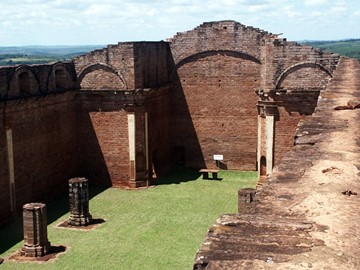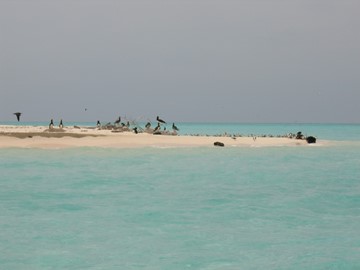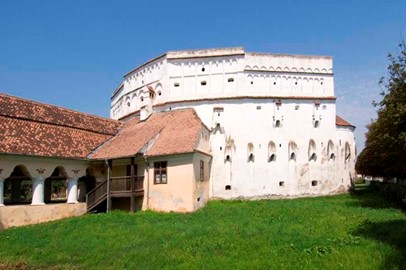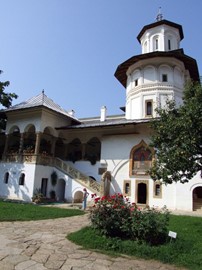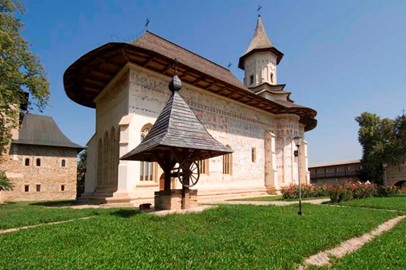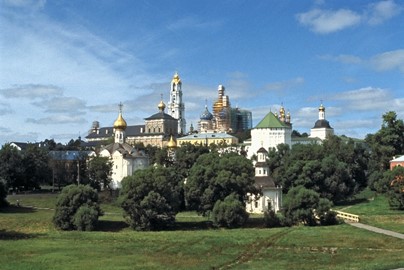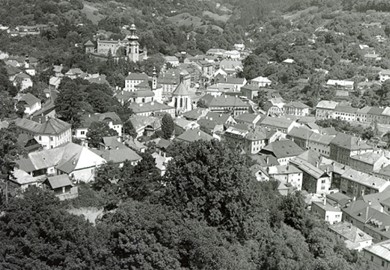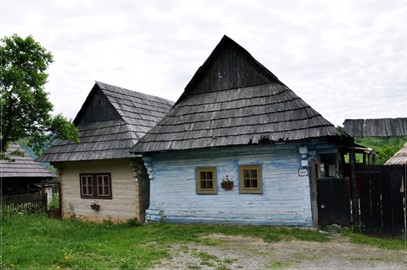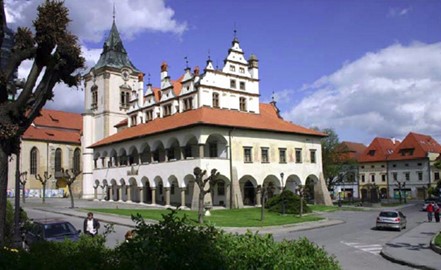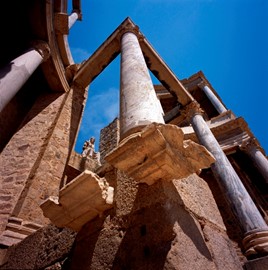year :: 1993
Joya de Cerén
Joya de Cerén, a UNESCO World Heritage site in El Salvador, is an ancient Maya farming village famously preserved by volcanic ash from an eruption around 600 AD. Often called the 'Pompeii of the Americas,' it offers a rare glimpse into daily life with intact structures, tools, and crops like maize and manioc. Discovered in 1976, this archaeological treasure showcases the resilience and ingenuity of its pre-Columbian inhabitants.
Maulbronn Monastery
Maulbronn Monastery, a UNESCO World Heritage site in Germany, is a remarkably preserved medieval Cistercian complex founded in 1147. Its Romanesque and Gothic architecture includes a grand church, cloisters, and monastic buildings, showcasing monastic life’s simplicity and ingenuity. Surrounded by fortified walls, it reflects centuries of religious and cultural history. The site features an innovative water management system, highlighting medieval engineering. This tranquil complex offers a vivid glimpse in... Read More
Bamberg
Bamberg, a UNESCO World Heritage site in Germany, is a medieval town renowned for its well-preserved historic center. Built on seven hills, it features a striking cathedral, half-timbered houses, and a unique old town hall perched over a river. The town reflects a blend of Romanesque and Baroque architecture from the 11th to 18th centuries. Known for its brewing heritage, it exudes a timeless charm. This site offers a captivating glimpse into Germany’s cultural and architectural past.
Qutb Minar
Qutb Minar, a UNESCO World Heritage Site in India, is an iconic 13th-century victory tower standing as one of the tallest brick minarets in the world. Built by Qutb-ud-din Aibak, the founder of the Delhi Sultanate, it showcases intricate Indo-Islamic architecture with detailed carvings and inscriptions. The site also includes historic structures like the Quwwat-ul-Islam Mosque and the Iron Pillar, reflecting a blend of cultural influences. It remains a significant monument, symbolizing India's rich medieval... Read More
Humayun's Tomb
Humayun's Tomb, a UNESCO World Heritage site in Delhi, India, is an architectural marvel commissioned in 1565 by Empress Bega Begum for her husband, Emperor Humayun. This grand mausoleum, built from red sandstone and white marble, showcases Mughal design with its symmetrical layout, arched entrances, and Persian-style charbagh garden. It served as an inspiration for later monuments, including the Taj Mahal, and stands as a testament to the dynasty's cultural and artistic legacy. Today, it remains a signific... Read More
Brú na Bóinne
Brú na Bóinne, a UNESCO World Heritage site in Ireland, is a prehistoric landscape renowned for its ancient passage tombs, including the iconic Newgrange, Knowth, and Dowth. Dating back over 5,000 years, these monumental structures feature intricate megalithic art and align with solar events, reflecting the sophisticated astronomical knowledge of Neolithic people. This archaeological complex stands as a testament to early human engineering and cultural heritage.
Matera
Matera, a UNESCO World Heritage site in Italy, is renowned for its ancient cave dwellings, known as 'Sassi,' carved into the limestone cliffs. This unique urban landscape features a network of prehistoric homes, churches, and cisterns, showcasing a continuous human settlement from the Paleolithic era to today. Its historical significance and striking architecture highlight a remarkable adaptation to the rugged terrain.
Horyu ji
The Buddhist Monuments in the Horyu-ji Area, a UNESCO World Heritage site in Japan, represent one of the oldest surviving wooden architectural ensembles in the world, dating back to the 7th and 8th centuries. This collection includes the Horyu-ji temple and its pagoda, showcasing early Buddhist art and architecture influenced by Chinese and Korean styles. Recognized for its historical and cultural value, it offers insight into the spread of Buddhism and its impact on Japanese civilization.
Himeji jo
Himeji-jo, a UNESCO World Heritage site in Japan, is an exemplary masterpiece of traditional Japanese castle architecture. Known as the 'White Heron Castle' for its elegant, white-plastered walls, this well-preserved feudal-era fortress features an intricate defensive design with multiple towers, gates, and moats. Its historical and cultural significance lies in its representation of samurai-era engineering and aesthetics, offering insight into Japan’s medieval past.
Yakushima
Yakushima, a UNESCO World Heritage site in Japan, is renowned for its ancient cedar forests and unique subtropical ecosystem. This lush island features towering, moss-covered trees, some over 1,000 years old, thriving in a rugged, mountainous landscape. Its exceptional biodiversity and natural beauty, including rare flora and fauna, highlight its global significance as a pristine ecological treasure.
Shirakami Sanchi
Shirakami-Sanchi, a UNESCO World Heritage site in Japan, is a pristine expanse of ancient beech forest renowned for its rich biodiversity and untouched natural beauty. This mountainous region harbors a diverse ecosystem, including rare species like the Japanese black bear and the golden eagle, thriving amid dense woodlands. Its cultural and ecological value lies in its representation of the last remaining virgin beech forests in East Asia, offering a window into the region's natural heritage.
Whale Sanctuary of El Vizcaino
The Whale Sanctuary of El Vizcaino, a UNESCO World Heritage site in Mexico, is a vital natural habitat featuring two coastal lagoons that serve as key breeding and wintering grounds for the gray whale, alongside other marine species like California sea lions, northern elephant seals, and endangered sea turtles. Recognized in 1993, it supports a diverse ecosystem of wetlands, marshes, mangroves, and desert landscapes, fostering rich biodiversity including migratory birds and fish nurseries. This sanctuary ha... Read More
Zacatecas
The Historic Centre of Zacatecas, a UNESCO World Heritage site in Mexico, is renowned for its well-preserved colonial architecture and rich history rooted in silver mining. Established in the 16th century, the city features striking pink stone buildings, ornate churches like the Zacatecas Cathedral, and a unique urban layout shaped by its mountainous terrain. Its cultural significance and historical charm make it a standout example of Spanish colonial influence in the Americas.
Rock Paintings of the Sierra de San Francisco
The Rock Paintings of the Sierra de San Francisco, a UNESCO World Heritage site, feature prehistoric art created by the indigenous Cochimi people. Dating back thousands of years, these well-preserved murals depict humans, animals, and abstract forms in vibrant red, black, and white hues, offering insight into ancient cultural and spiritual practices. Discovered in a remote desert region, the site includes hundreds of caves and rock shelters, recognized for their historical and archaeological significance.
Jesuit Missions of Paraná and Tavarangue
The Jesuit Missions of La Santísima Trinidad de Paraná and Jesús de Tavarangue, located in Paraguay, are a UNESCO World Heritage site recognized in 1993 for their historical and cultural significance. These 17th- and 18th-century missions, founded by Jesuit missionaries, blended European Baroque architecture with indigenous Guaraní craftsmanship, creating a unique cultural fusion. The well-preserved ruins, including grand churches and communal spaces, reflect the Jesuits’ efforts to integrate and educate th... Read More
Tubbataha Reefs
Tubbataha Reefs Natural Park, a UNESCO World Heritage site in the Philippines, is a pristine marine sanctuary renowned for its exceptional biodiversity. Located in the Sulu Sea, it features vibrant coral reefs, diverse marine species, and serves as a critical habitat for endangered sea turtles and seabirds. This protected area is a globally recognized gem, attracting researchers and divers to its rich underwater ecosystem.
Baroque Churches
The Baroque Churches of the Philippines, recognized as a UNESCO World Heritage site, exemplify a unique fusion of European Baroque architecture and local Filipino craftsmanship. Constructed between the 16th and 18th centuries during Spanish colonial rule, these churches feature robust stone structures designed to withstand earthquakes, adorned with intricate carvings and ornate interiors. They stand as significant cultural and historical landmarks, reflecting the spread of Christianity and the architectural... Read More
Fortified Churches in Transylvania
The Fortified Churches in Transylvania, a UNESCO World Heritage site, are a remarkable collection of medieval structures built between the 13th and 16th centuries by Saxon communities. These churches, often surrounded by defensive walls and towers, served as both religious sanctuaries and strongholds against invasions, reflecting a unique blend of Gothic, Romanesque, and local architectural styles. Many feature well-preserved interiors with historic frescoes, altars, and wooden galleries, offering insight i... Read More
Monastery of Horezu
The Monastery of Horezu, a UNESCO World Heritage site in Romania, is a masterpiece of Brâncovenesc architecture founded in 1690 by Prince Constantin Brâncoveanu. Renowned for its intricate frescoes, ornate stone carvings, and well-preserved monastic complex, it serves as a significant cultural and religious landmark. The monastery’s scriptorium also played a key role in preserving Romanian Orthodox traditions and manuscripts. Today, it stands as a testament to Romania’s rich heritage and artistic legacy.
Churches of Moldavia
The Churches of Moldavia, a UNESCO World Heritage site in Romania, are renowned for their unique 15th and 16th-century architecture and vibrant exterior frescoes. These eight Orthodox churches, built under the patronage of Stephen the Great and his successors, blend Byzantine influences with local Gothic and Renaissance elements, showcasing exceptional artistry. Their well-preserved wall paintings, depicting biblical scenes and saints, are considered masterpieces of Eastern Orthodox religious art and draw v... Read More
Trinity Sergius Lavra
Trinity Sergius Lavra, a UNESCO World Heritage site in Russia, is a prominent Orthodox monastery founded in the 14th century by St. Sergius of Radonezh, a key figure in Russian monasticism. Renowned for its spiritual significance and architectural grandeur, it features a complex of historic buildings, including the Trinity Cathedral with its ancient frescoes and the imposing Assumption Cathedral. The site has long served as a center of religious life, education, and pilgrimage, reflecting centuries of Russi... Read More
Banska Stiavnica
Banska Stiavnica, a UNESCO World Heritage site in Slovakia, is a well-preserved medieval mining town renowned for its historical and cultural significance. Established in the 13th century, it became a prominent center for gold and silver mining, driving innovations in mining technology and education, including the founding of one of the world’s first technical universities in 1762. The town features a picturesque ensemble of Gothic and Baroque architecture, with highlights like the Old Castle, Trinity Squar... Read More
Vlkolinec
Vlkolínec, a UNESCO World Heritage site in Slovakia, is a remarkably well-preserved traditional village showcasing Central European folk architecture. Its 45 log houses, built with techniques typical of mountainous regions, remain largely unchanged since medieval times, offering a rare glimpse into rural life. The settlement includes a distinctive wooden bell tower from 1770 and a Baroque-Classical church, reflecting its historical and cultural significance. Still inhabited today, Vlkolínec stands as a livi... Read More
Levoca and Spissky Hrad
Levoča and Spišský Hrad, a UNESCO World Heritage site in Slovakia, represent a well-preserved medieval ensemble. Levoča, a historic town, features Gothic and Renaissance architecture, including the striking St. James’ Church with its renowned wooden altar by Master Pavol. Nearby, Spišský Hrad, one of Central Europe’s largest castle complexes, showcases Romanesque and Gothic elements, reflecting its strategic importance since the 12th century. Together, they highlight Slovakia’s rich cultural and historical ... Read More
Mérida
The Archaeological Ensemble of Mérida, a UNESCO World Heritage site in Spain, showcases an impressive collection of Roman ruins from the ancient city of Emerita Augusta, founded in 25 BC. This well-preserved site includes a grand theater, amphitheater, temples, aqueducts, and bridges, reflecting the architectural and engineering prowess of the Roman Empire. It offers a glimpse into the daily life, culture, and governance of a provincial Roman capital, making it a significant historical and archaeological tr... Read More
